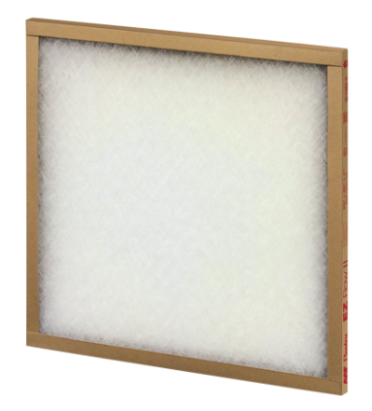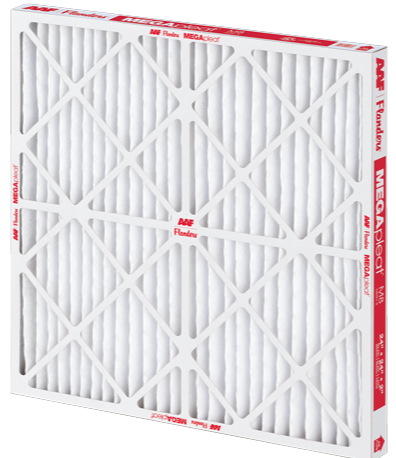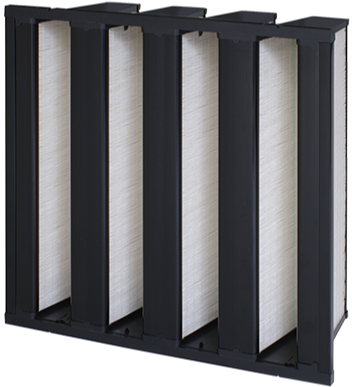Ever thought about MERV Air Filters being the unsung heroes of your indoor space? It's like the N95 masks we've all become familiar with, quietly working behind the scenes until the spotlight hit them during the COVID-19 era.
Can you imagine sacrificing your loved one's health by refusing to wear a face mask?
Just as face masks are crucial for personal protection against airborne threats, MERV air filters play an equally vital role in maintaining the efficiency and longevity of air conditioning and heating systems; disregarding their significance could result in adverse consequences for your HVAC equipment.
Let's dive into some mind-blowing facts – on any regular day, you're savoring 2 lbs of food, guzzling down 4 lbs of water, and inhaling a whopping 24 lbs of air! That's right, air is your lifeline.
Now, let's talk indoor air quality, where air filters step into the limelight. We've gathered insights from the best minds in the field, and guess what? We're sharing those exclusive secrets with you.
First things first, let's bust a myth. Air filters aren't static sieves; they're like silent guardians that come alive when the air's on the move. As air flows through, it takes particles along for the ride. But here's the kicker – each particle dances differently in the air, depending on its size, density, and shape. Understanding this dance is the key to making air filters champions of efficiency and guardians of a healthy indoor haven.
Let's debunk the first misconception surrounding air filters. Contrary to what most people think, filters are not merely static sieves. Instead, they are passive devices that come to life when air is in motion. As air flows through them, it carries particles along with it. However, each particle behaves differently in the moving air, depending on its size, density, and shape. Understanding this dynamic is key to maximizing the efficiency of air filters and maintaining a healthy indoor environment.
Do Air Filters & Really Work?
Now, let's check out some proof of the magic air filters weave:
- Surgical Hospital Rooms: Picture sterile conditions where air filters safeguard patients from airborne intruders.
- Semiconductor Industry (Intel, AMD): Even a tiny particle can wreak havoc in the world of delicate electronics – enter air filters.
- Medical Doctors: Face masks? Yep, those are essentially air filters, shielding doctors from infectious particles.
- NASA's Heroes: Building teams working on space missions? Clean rooms with air filters are the backstage stars.
- Pharma Maestros: In labs where pharmaceutical breakthroughs happen, air filters are the unsung heroes.
- Military Ready: Disaster scenarios? Face masks with filters are the frontline defense against airborne threats.
- Bunker Bliss: Filtered air ensures a safe and breathable environment during extended bunker stays.
And the list goes on. This rundown showcases how air filters are the silent guardians in industries crucial for our well-being. But hey, there's a catch – watch out for misleading marketing! Dive into this article, do your homework, and make decisions armed with knowledge.
One crucial nugget about air filters – they capture particles but don't play the exterminator. They're removal champs, not sterilization magicians. Understanding this difference is your ticket to maximizing their goodness for clean and safe air.
Air Filtration Mechanisms
Let's talk filtration mechanisms – we've got five big players:
- Sieve
- Interception
- Inertial Impact
- Diffusion
- Electrostatic Attraction
Each has its groove, depending on factors like air velocity, particle size, shape, and fiber media diameter.
Is MERV 13, or MERV 11 Too High For Residential Install?
Now, let's tackle a burning question: What's the ideal MERV rating for a home air filter?
Before we dive into that, let's lay the groundwork. Meet Committee 52.2, the maestro orchestrating air filter testing and introducing the star player, MERV – Minimum Efficiency Reporting Value. ANSI and ASHRAE ASHRAE American Society of Heating, Refrigeration and Air-Conditioning Engineers, the heavyweights of international standards and HVAC engineering, give the nod to MERV. The real deal is the MERV rating, approved by the big guns: Technical Committee 2.4 and Standard 52.2.
Those labels at Home Depot (FPR) or Lowes (MPR)? Pure marketing fluff, not the gospel according to policymakers.
In MERV, the 'E' stands for Efficiency, and it's all about particle capturing efficiency. Let's paint a picture: imagine 10 particles hitting the air filter – if 4 are captured, it's 40% efficient at that size. Now, expand that scenario to 1000000 particles of different sizes, and you'll witness the intricate dance of efficiency across various particles, showcasing the composite curve that is MERV in action.
The MERV table intricately breaks down particles into 10 sizes ranging from 0.3 to 10 microns, classifying efficiency into 16 buckets (MERV1 to MERV16). Here's the crux – the higher the MERV, the more efficient the filter. Cross the MERV 16 threshold, and you're in HEPA territory.
Just to put things into perspective, under ambient environment, the overwhelming majority of particle sizes are below 1 micron in size. As you can see, on the preview MERV table, MERV13 removes about 50% of submicron particles, while a MERV 8 or below removes nothing on the submicron level.
| 0.3 - 1micron | 1 - 3 micron | 3 - 10 micron | |
|---|---|---|---|
| MERV16 | 95< | 95< | 95< |
| MERV14 | 75< | 90< | 95< |
| MERV13 | 50< | 85< | 90< |
| MERV11 | 20< | 65< | 85< |
| MERV8 | NA | 20< | 70< |
With current technologies and market availabilites throaway panel filters are below MERV8.
Here's the catch: with care, a higher MERV means a higher pressure drop, translating to increased resistance to airflow. Now, residential ACs weren't initially designed for intense indoor air purification. If you slap on a high-MERV filter without consideration, you might strain the system. To counter this, increasing the filter size on the return duct is the obvious and recomended remedy.
For marketing price driven reasons, the industry norm specifies 1 sqft for each Ton of cooling, but we highly recommend 1.5 to 2 sqft for each Ton. This modification requires some return duct modification and pays off over time, making MERV8 or MERV11 installations potentially feasible, extending filter life, and minimizing coil freezing issues.
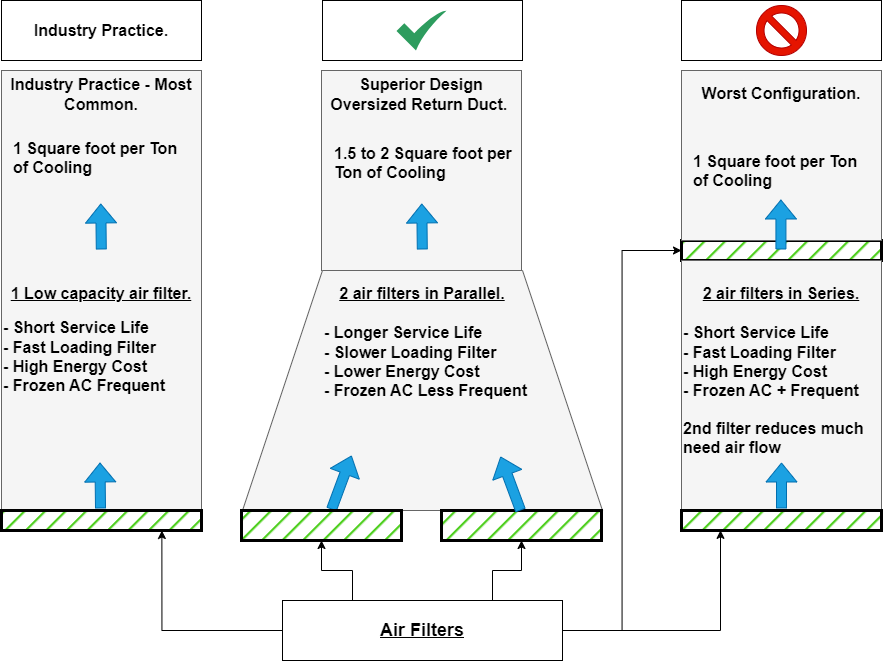
While the cheap throaway filters might provide minimal protection, for coil and equipment safeguarding, pleated filters with a true MERV8 are the minimal baseline. If feasible, stepping up to MERV11 is a smart move. For the true indoor air quality aficionados, MERV13 or MERV14 is the ultimate goal. If an HVAC technician deems a pleated MERV8 restrictive, it's a signal to plan for duct rework.
"Adequate airflow is the lifeline of your air conditioner. Ignoring airflow problems is like suffocating your AC and inviting frost to take over." - ZD
Being a proud member of 52.2, I even went the extra mile, retrofitting duct work to accommodate MERV14 V-Bed minipleat in a residential units – because when it comes to indoor air quality, every detail matters – is that overkill? Not really.
Now that we've demystified the intricate roles of air filters, let's delve deeper into the inner workings backstage.
Decoding The Total Cost of Residential & Commercial MERV Air Filters
Welcome to the reality check on air filter prices versus the true cost of ownership! The price tag on an incandescent light? Just about $1. Now, an LED light? That'll set you back $5. Seems like a robbery, right? Well, similar dynamics play out in the air filter world. The purchase price might appear trivial, but savvy owners know the real game is in the total cost – that's the purchase cost + energy cost + labor cost to replace + shipping. To get a precise picture, projections for 20 years are necessary, with energy cost taking the lead based on the filter loading curve, which we'll unravel shortly.
That $4 filter might seem like a steal, but the true cost dance could hit $100. Look past the initial price tag; the Total Cost of Ownership is the real MVP. Don't let sticker shock dictate your choices; consider all the costs in the mix to gauge the genuine value of your air filter. Oh, and a quick tip for those snagging air filters for Packaged Units or AC evaporators – go for high capacity; standard is so last season!
MERV Air Filter Price vs Filter Cost Comparison
Here's a simple table breaking down the costs linked to two filters. While the market offers a plethora of options needing individual consideration, we've picked these filters to drive the point home. Remember, the energy cost is intricately tied to the loading curve, and the service life links to the structural integrity of the filter. It's all about longevity and efficiency.
| Filter A | Filter B | Comments | |
|---|---|---|---|
| Price | $4 | $10 | |
| Energy Cost / Year | $50 | $20 | |
| Labor Replacement Cost | $20 | $20 | |
| Shipping Cost | $4.50 | $4.50 | |
| Total Cost | $78.5 | $54.5 |
In this cost analysis the cost saving are estimated to be $30/year, a more realistic values is about $80/year. Now do the same and project those costs over 5 or 10 years and you will see significant saving.
So, there you have it – the unfiltered truth about air filters. Breathe easy, my friend!
For residential insight, the big picture is right here. For commercial or industrial applications, consulting with the experts is wise – cost avoidance is the term, and tons of money could be saved. A pro-tip: when grabbing air filters for Packaged Units or AC evaporators, level up – high capacity is your hero; standard capacity is so last season.
Air Filters Loading Curves Demystified
Now, let's unravel the mystery of the air filter loading curve and its paramount importance. Not all filters that look alike are created equal. The pressure drop (resistance to airflow) across seemingly similar filters can tell a compelling story. These filters, all MERV8, were exposed to around 1000CFM constant volume, running 24/7, and drawing from a common intake.
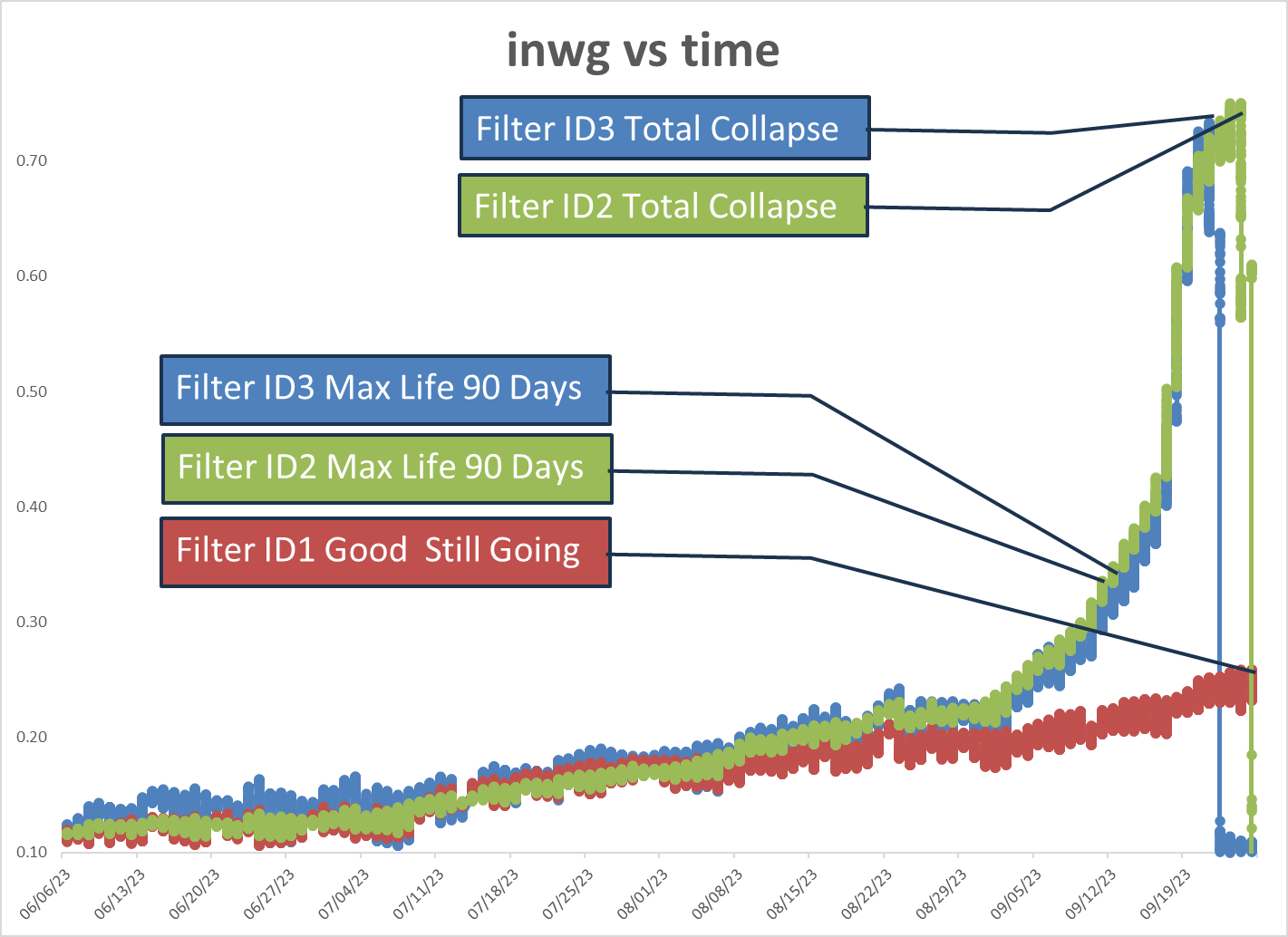
In essence, the energy cost tied to a filter is closely related to the loading curve. Note the curve shapes of filters ID2 and ID3 – a seemingly straight trajectory, then a sudden hockey stick curve starting around day 90, leading to a complete filter burst. Filter ID1, on the other hand, maintained a steady curve and exceeded 180 days of service life. In simpler terms, the service life of ID2 and ID3 is 3 months, while ID1 lasts for 6 months. Expanding this analysis to 20 years, the average service life of an AC system, reveals that the system would require 60 filter changeouts of ID2 or ID3, and only 40 changeouts of filter ID1. With the labor cost of changeouts factored in, the costs add up astronomically. If anything, with the new ECM blower motors, the energy saving are greater at which point new laws mandate energy savings.
What ensures a smooth loading curve for a filter? It's a culmination of years of engineering, trial and error, the quality of the media installed, the amount of media (low capacity, standard capacity, high capacity), and the support structure (thickness of backing metal). This is precisely why throwaway air filters are a no-go. Stray from the script, and you might find yourself dancing to the tune of unnecessarily high energy bills or paying extra for evaporator coil cleaning. Stay informed, stay efficient! As media area increases, contaminant-loading curves increases dont forget to hit sweet spot.
